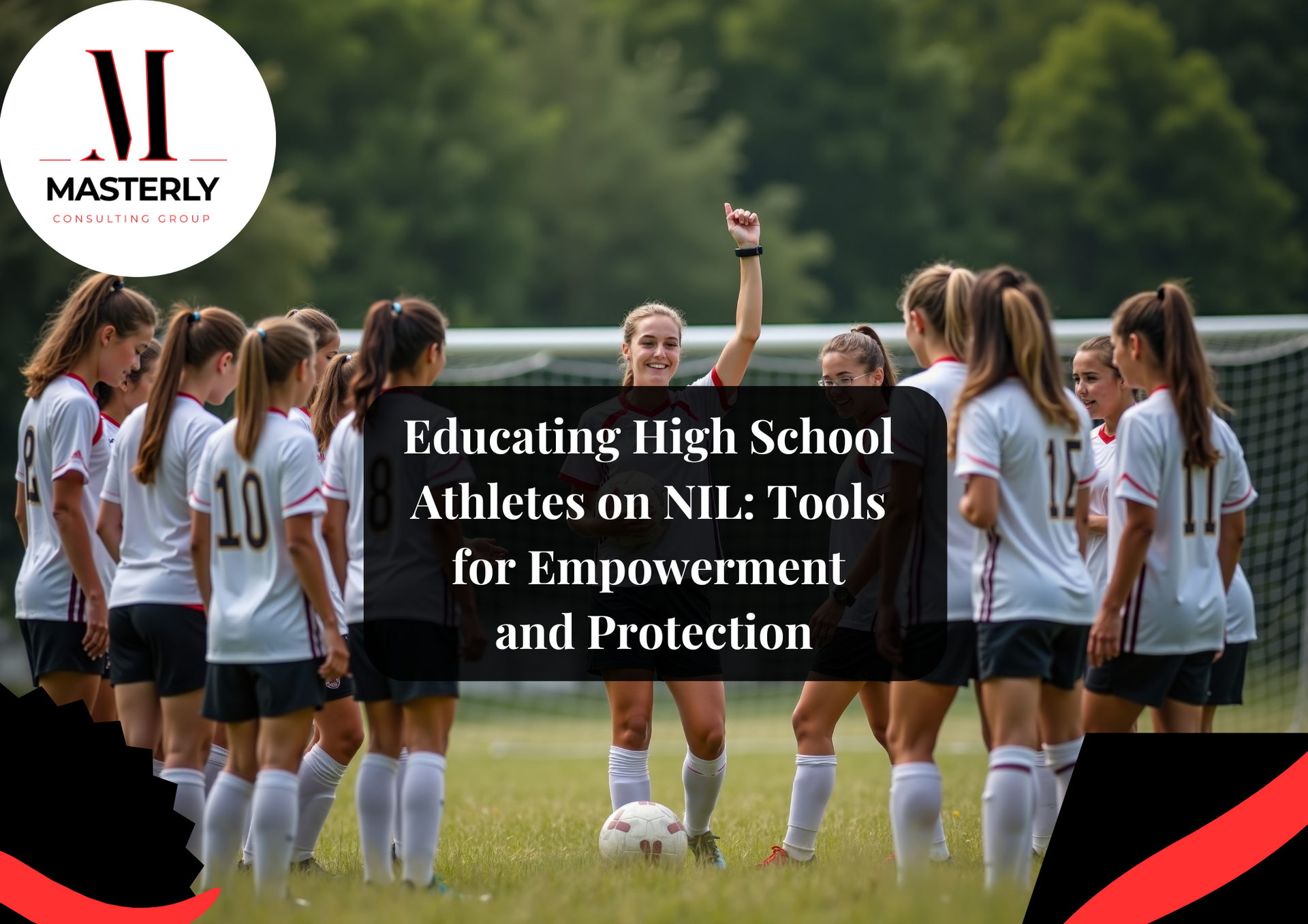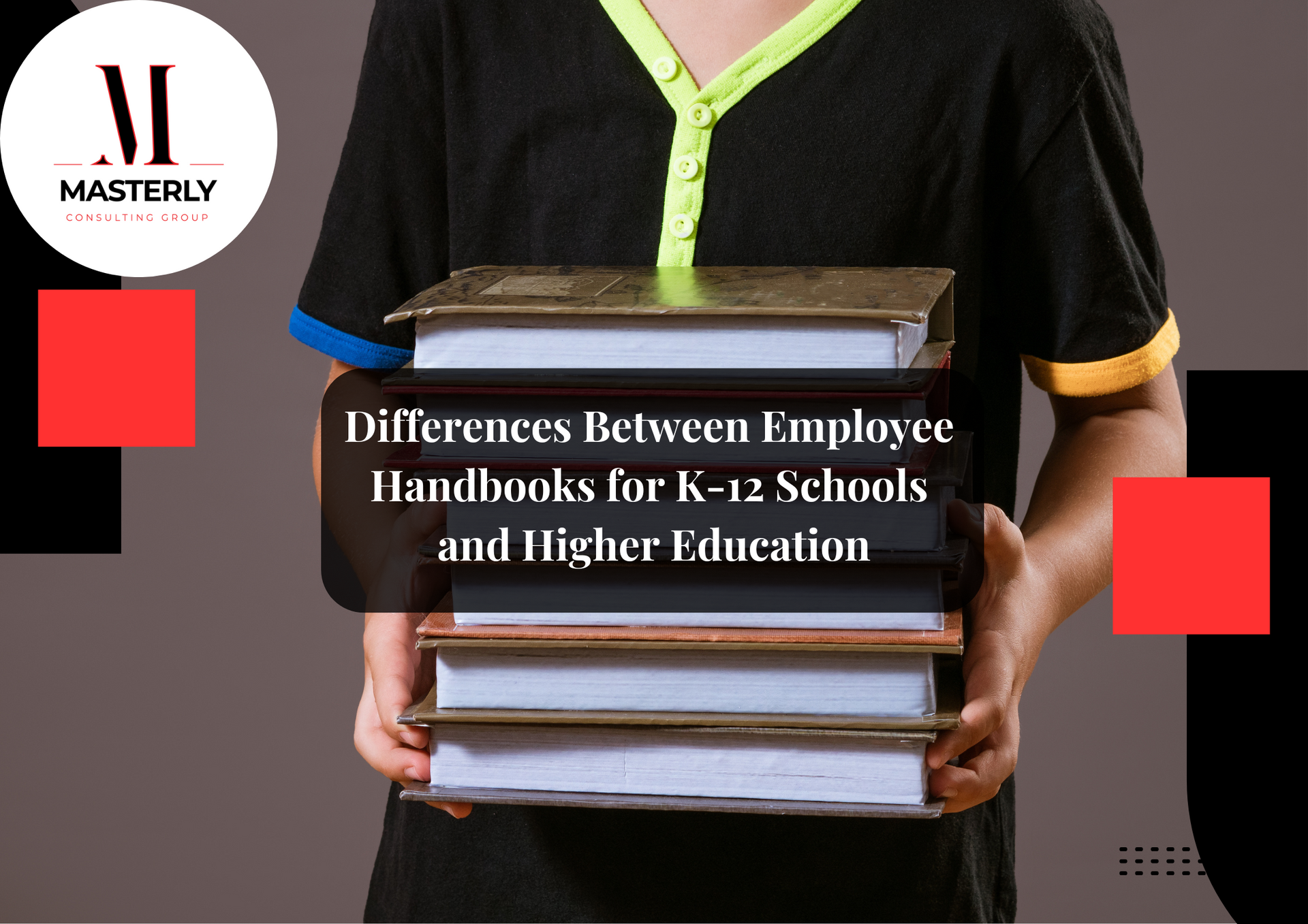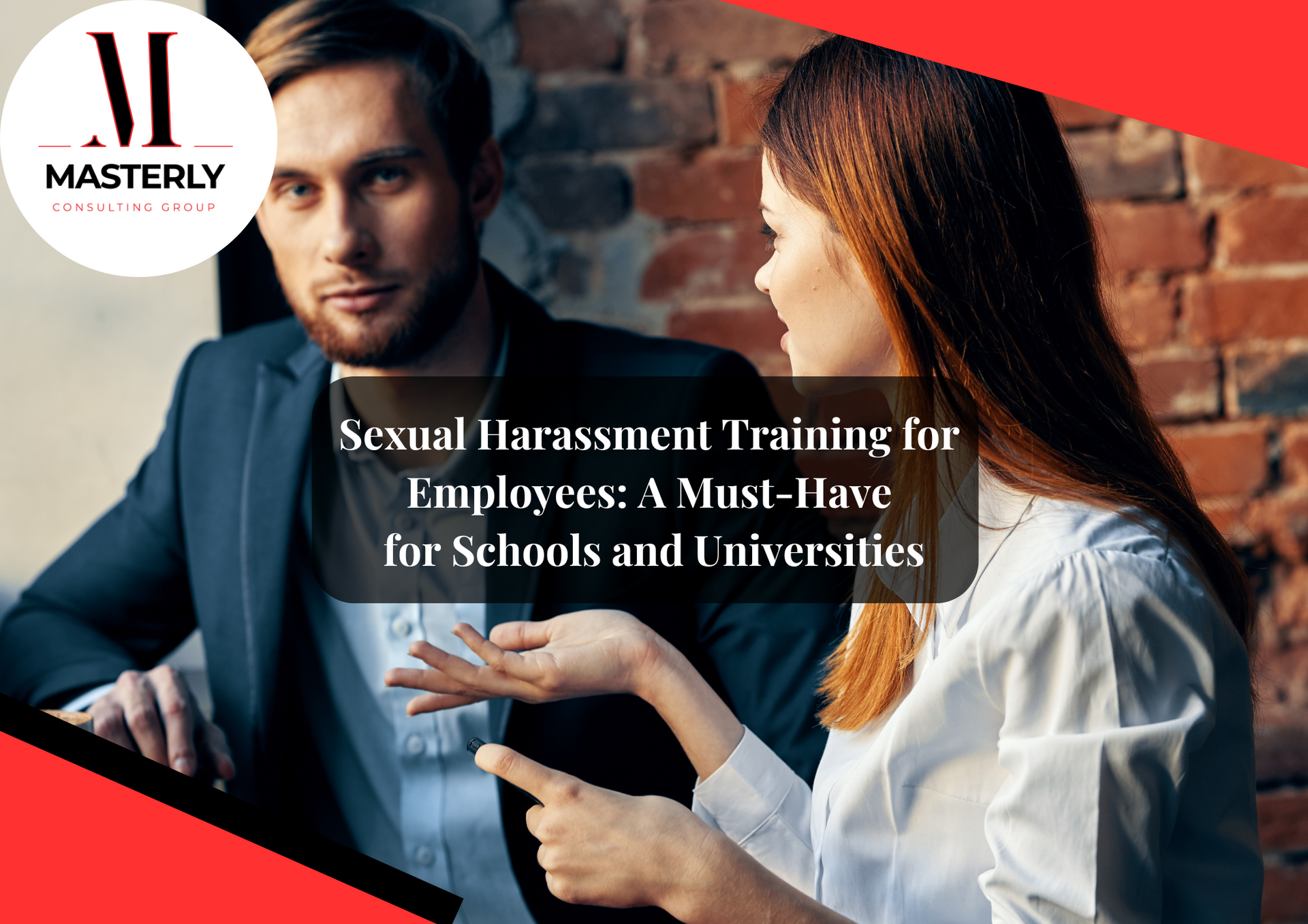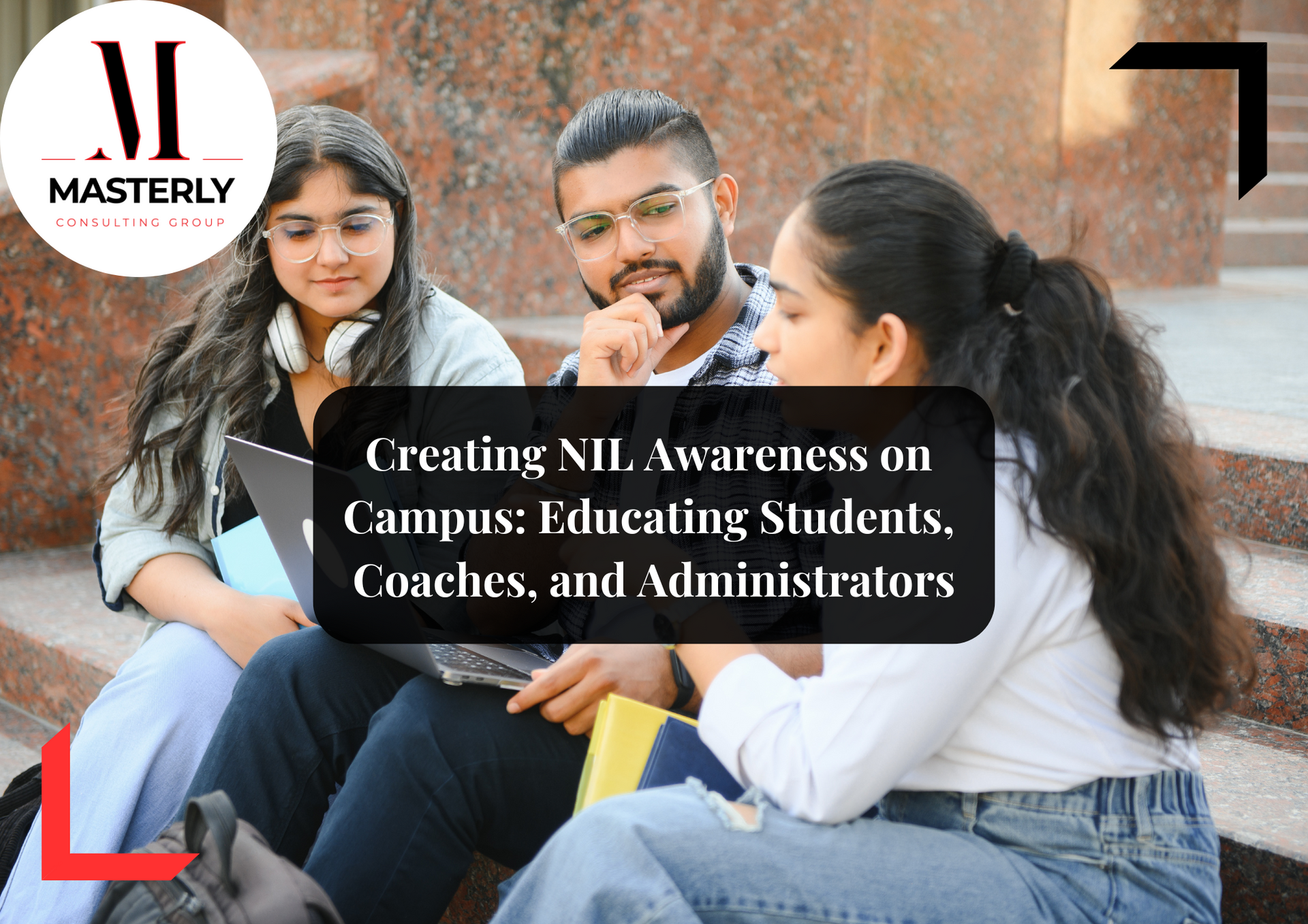Navigating NIL for Universities: What You Need to Know
The rapidly evolving landscape of Name, Image, and Likeness (NIL) rights has redefined opportunities for student athletes, colleges, and universities. Understanding how NIL deals operate, the implications of NIL laws, and the responsibilities universities must uphold is crucial in navigating this transformative shift in college athletics.
What is NIL?
NIL refers to the rights of athletes to profit from their Name, Image, and Likeness. This legal concept empowers college athletes and even high school athletes in some states to earn NIL money through endorsements, sponsorships, and social media posts.
Key points about NIL include:
- Supreme Court Ruling: The 2021 ruling emphasized fair pay and access to education-related benefits for athletes.
- NCAA NIL Rules: These interim policies allow student athletes to participate in NIL activities without jeopardizing their amateur status.
- State NIL Laws: Variations in state law have created a complex NIL landscape, requiring universities to stay informed.
Why NIL is a Game-Changer for College Athletes
For decades, college athletes were restricted from monetizing their personal brand. With NIL opportunities, athletes can now:
- Generate Revenue: Partner with brands for endorsements and social media campaigns.
- Build a Personal Brand: Leverage their athletic programs and visibility to create lifelong opportunities.
- Pursue Fair Compensation: NIL legislation ensures athletes are fairly compensated for their contributions.
These shifts also present challenges for universities, such as ensuring compliance with NCAA rules and monitoring NIL activities.
Navigating NCAA Rules and Compliance
Universities must understand and adhere to NCAA NIL rules, state laws, and conference requirements to avoid penalties for violating NCAA rules related to NIL. Key compliance strategies include:
- Developing Policies: Create clear NIL guidelines for athletes, coaches, and administrators.
- Educational Materials: Provide resources to help athletes navigate NIL deals and maintain compliance.
- Monitoring Activities: Report NIL activities consistent with NCAA and school requirements.
The Role of Universities in Supporting Student Athletes
Universities play a pivotal role in ensuring their student athletes benefit from NIL opportunities. This includes:
- Providing Professional Services Providers: Connecting athletes with legal, financial, and marketing experts.
- Facilitating NIL Education: Offering workshops on personal brand building, social media accounts, and financial literacy.
- Ensuring Compliance: Aligning NIL activities with NCAA interim policy and state NIL laws.
NIL Laws: State-by-State Variations
NIL laws differ significantly across states, impacting how universities operate within their jurisdictions. Universities must:
- Stay informed about their state NIL laws.
- Work closely with legal experts to develop NIL policies that align with federal legislation and state requirements.
- Educate student athletes on the implications of such laws and their NIL rights.
NIL Opportunities for High School Athletes
While NIL primarily focuses on college athletes, some state high school associations have started to allow NIL activities for high school athletes. This development:
- Encourages prospective student athletes to explore NIL deals early.
- Requires universities to adapt recruiting processes to include NIL as a competitive advantage.

Building a Strong NIL Strategy
Universities can unlock NIL opportunities for their athletes by implementing strong strategies:
Steps for Universities:
- Establish NIL Support Programs: Provide resources and tools to help athletes secure NIL deals.
- Collaborate with Brands: Partner with companies to create NIL opportunities for athletes.
- Develop NIL Legislation Awareness: Stay updated on federal law and state NIL laws to ensure compliance.
Benefits for Athletes:
- Enhanced exposure through college sports platforms.
- Opportunities to work with major brands.
- Skills in financial management and personal branding.
NIL’s Impact on College Coaches and Athletic Programs
College coaches and athletic programs are integral to the success of NIL initiatives. Coaches must:
- Educate athletes directly on NIL opportunities and NIL rules.
- Collaborate with compliance teams to avoid violations of NCAA NIL rules.
- Guide athletes in navigating NIL legislation and leveraging their personal brand.
Addressing Challenges in the NIL Landscape
The NIL landscape introduces complexities for member schools and individual colleges, including:
- Ensuring Equity: Balancing opportunities for male athletes and female athletes.
- Preventing Violations: Avoiding legal risks, such as class action lawsuits or issues with federal legislation.
- Managing NIL Activities: Monitoring social media posts, endorsements, and compliance with conference requirements.
How Universities Can Lead the Way in NIL
Universities that proactively address NIL challenges can position themselves as leaders in college athletics. Key initiatives include:
- Developing Comprehensive NIL Policies: Align with NCAA interim policy and own NIL rules.
- Offering Legal Support: Provide access to professional services providers.
- Promoting Fairness: Advocate for federal legislation to standardize NIL practices across states.
NIL for Universities: Empowering Student Athletes Through Name, Image, and Likeness Policies
With the introduction of the NIL (Name, Image, and Likeness) interim policy, universities have a unique opportunity to support student athletes in monetizing their personal brands while maintaining compliance with NCAA regulations. Schools and conferences have established specific requirements to ensure fair play and transparency under the new rules. These policies allow current student athletes, like LSU gymnast Olivia Dunne, to leverage their talents and marketability through partnerships, endorsements, and social media campaigns. However, navigating these opportunities requires careful adherence to the guidelines set by individual schools and conferences. By fostering a supportive environment and addressing expressed concerns from organizations like the National Federation, universities can unlock significant NIL opportunities for college students interested in building their brand while balancing academic and athletic responsibilities.
The Future of NIL in College Athletics
As NIL continues to evolve, universities must stay ahead of changes to support their student athletes. The current NIL market shows significant potential for growth, benefiting athletes, colleges, and the broader community.
The Evolution of Name, Image, and Likeness (NIL) Rules Across Schools
Since the implementation of Name, Image, and Likeness (NIL) policies, particular schools have taken varied approaches to crafting their rules and frameworks, reflecting the diversity of NCAA institutions. Under the guidance of leaders such as NCAA President Charlie Baker and former President Mark Emmert, the organization has worked to ensure that these likeness rules provide equitable opportunities for athletes while upholding the integrity of collegiate sports. Legislation like the PLAY Act has also influenced how schools manage NIL agreements, emphasizing transparency and fairness. As NIL policies continue to evolve, individual schools must balance supporting student athletes with adhering to conference and national regulations.
Name, Image, and Likeness (NIL): Navigating Opportunities and Compliance for Student Athletes
The NIL interim policy has transformed the landscape of college athletics, granting NCAA athletes the ability to monetize their name, image, and likeness. This shift has created immense opportunities for student athletes interested in pursuing endorsements, sponsorships, and other likeness opportunities. However, compliance with school and conference requirements is essential, as each institution may have unique rules to manage NIL agreements. Universities must educate their own athletes on navigating these guidelines while maximizing their earning potential. As NIL policies evolve, professional athletes and NCAA leaders like President Charlie Baker have expressed concerns about maintaining fairness and protecting the integrity of collegiate sports. By addressing these challenges, schools can ensure their athletes thrive both on and off the field.
Member Schools Adapting to New Rules for Likeness Opportunities
Member schools across the NCAA are rapidly adapting to new rules surrounding Name, Image, and Likeness (NIL) policies, creating a dynamic environment for student-athletes to explore likeness opportunities. These new guidelines empower athletes to engage in sponsorships, brand partnerships, and other monetization efforts while maintaining their eligibility to compete.
To ensure a smooth transition, member schools are developing robust frameworks for NIL agreements, including educational resources and compliance monitoring. This approach not only protects athletes from potential pitfalls but also fosters a culture where they can thrive both athletically and financially. With the evolving landscape of NIL, member schools play a pivotal role in shaping the future of collegiate sports by balancing opportunity with oversight.
Reporting NIL Activities: Ensuring Compliance with School and Conference Requirements
For student-athletes navigating the world of Name, Image, and Likeness (NIL) opportunities, consistent reporting of NIL activities is crucial to ensure compliance with school and conference requirements. Institutions often require athletes to disclose NIL agreements, sponsorships, and income to verify that these activities align with NCAA policies and the university’s own regulations. Conferences may also impose additional guidelines, such as caps on certain types of agreements or reporting deadlines, to maintain fair competition among schools.
By adhering to these requirements, athletes can protect their eligibility while fully leveraging NIL opportunities. Universities play a key role in educating their student-athletes about these processes, ensuring transparency and preventing inadvertent rule violations.
Name, Image, and Likeness (NIL): Redefining Opportunities in Collegiate Sports
Name, Image, and Likeness (NIL) policies have revolutionized the collegiate sports world, granting student-athletes the ability to monetize their personal brand. This shift has allowed athletes to pursue sponsorship deals, social media collaborations, and other income-generating opportunities while maintaining their eligibility to compete. NIL not only empowers athletes but also highlights the growing intersection of sports and business, making it a critical focus in the evolving landscape of collegiate athletics. By navigating these new opportunities responsibly, student-athletes can secure financial benefits while preparing for professional careers both on and off the field.
Let Us Help You Navigate NIL Opportunities
Navigating the complexities of NIL for universities and student athletes requires expert guidance. Contact us at (888) 209-4055 to book a free consultation. Our team specializes in helping universities and athletes unlock NIL opportunities, ensuring compliance with state laws and NCAA rules while maximizing potential earnings. Let’s work together to empower student athletes and elevate your athletic programs.


Masterly Consulting Group
Office Number
(888) 209-4055
Office Locations
Dallas, TX | Uptown Area
Houston, TX | Galleria Area
Grand Prairie | Training Center
West Palm Beach, FL | Downtown
Coming Soon
Atlanta, GA
Latest news






